Are you "fat" today?
Author:Institute of Physics of the Ch Time:2022.08.10
Coffee is a drink made of coffee beans after roasting and grinding. It has a strong flavor and changeable flavor. It can refresh the brain. As an exotic product, when coffee came to China in the 19th century, the publication of the publication was translated into "fat", as if it was foreseeable that this black drink would become a "gold X garbage" for workers one day. "" "I ca n’t mention the spirit.
Where does coffee beans come from?
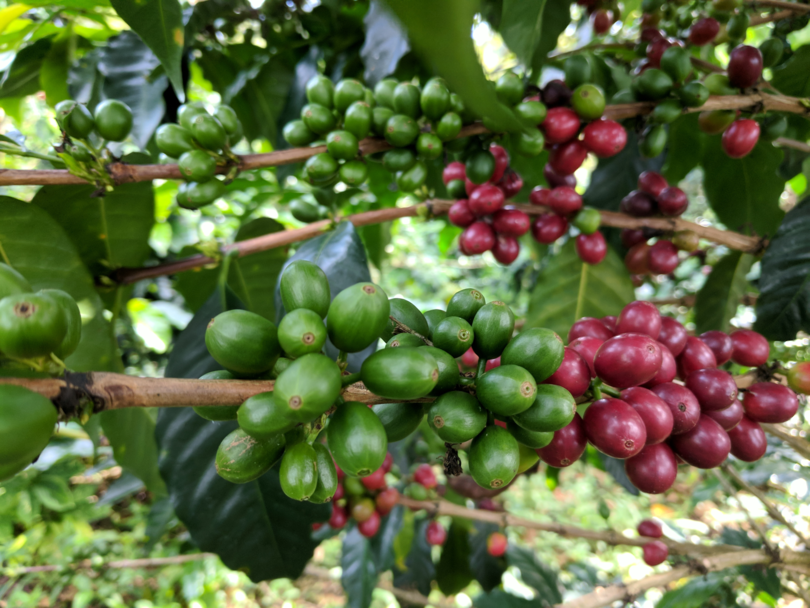
Source: urnex.com
Coffee trees belong to the genus of the family of Qiancao, which is a perennial evergreen shrub or a small tree. Coffee trees usually grow for about three to four years before the results can be started. After drying the flesh after drying, washing, etc., the seeds we are separated are the coffee beans we have seen.
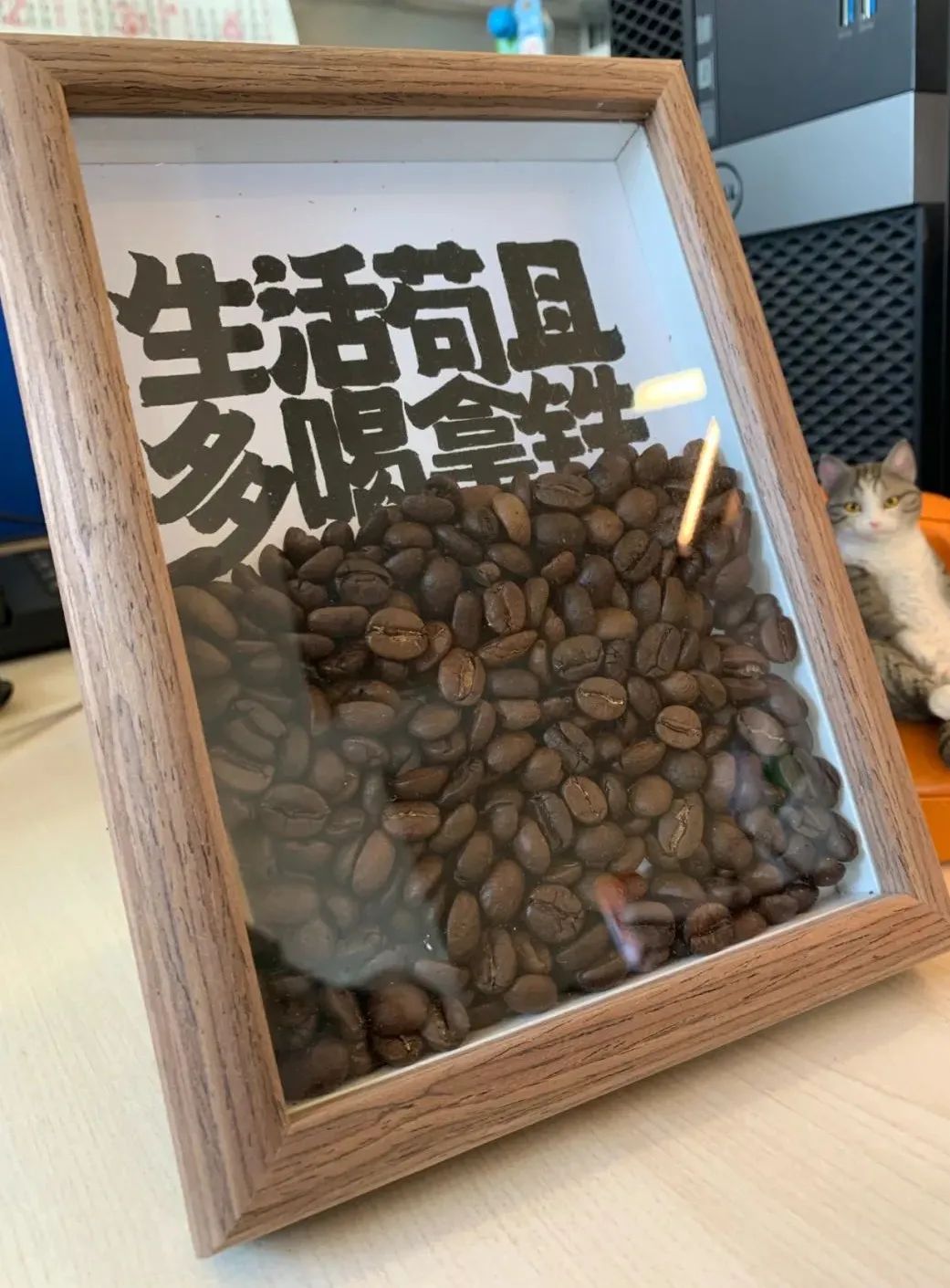
Coffee beans can be used for decoration after roasting
The place suitable for coffee trees is generally located in high altitude areas between the north and south backgrounds, covering China, Africa, Middle East, India, South Asia, Latin America and other regions. Therefore, these areas are called "World Coffee Belt". my country's Yunnan region is also located in it and is the world's famous coffee bean -producing area.
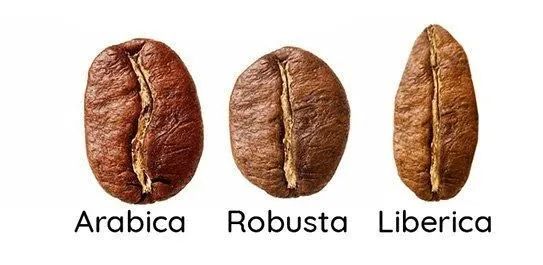
Common coffee category
Source: gafei.com
There are three main categories of coffee worldwide in the world, including Alabica (small coffee), Robusta (medium -grained coffee), and Ledilica (large coffee).
Arabica is native to Ethiopia, and its main origin is currently included in Ethiopia, Kenya, Colombia, Brazil, and Yunnan in my country. The familiar Arabica includes its Coffea Arabica and its hybridization with other species. Because of its unique flavor and excellent quality, the varieties such as "Tieca", "Bourbon", and "Kadura" are all from the Arabica family. Arabica accounts for about 70%of the global coffee bean production, which is a well -deserved "handle." Arabica is more sensitive to the temperature and humidity of the growth environment, and the altitude is required to be 800-2000 meters.
Robusta originated in the African Congo Basin, and its main origin is Brazil and Vietnam. If according to rigorous classification basis, it should be called "Carnefra". C.ROBUSTA is the same name of C.Canephora, but because it is too well -known, it has become synonymous with the native system. Similar to Arabica, Robusta includes its original species and its hybridization with other types. Robusta has a strong ability to adapt to the environment. It is easy to plant and has high yield. It accounts for about 20%of the global coffee beans. It is commercially used to make quick -soluble coffee, which is a "affordable type".
Libirikin was named after the low -altitude forest growing in Liberia in Africa, and its main origin was the Philippines. Libilica includes its original species (C.liberica) and its hybridization with other types. Because the flavor of Libilica is relatively monotonous, and the skin is thick and troublesome, the output is not high. Compared with Arabica and Robusta, the popularity is simply "brother".
Caffeine Magic
Coffee beans contain about 100 different substances, including caffeine, tannic acid, oil, and nitride compounds. The caffeine is the key to refreshing the effect of refreshing brain.
The caffeine is a kind of eblotic alkali compound, which is C₈H10N₄o ₂, which can be found in many plants. For plants, caffeine is a natural insecticide, which allows edition of insect paralysis with caffeine -containing plants. For people, caffeine can inhibit the adenosine receptor in the brain, accelerate the transmission of dopamine and choline energy nerve, and allow the brain to produce the illusion of "help me up, and I can continue to 'liver'". In addition, caffeine also has the effects of improving metabolism, antioxidant, and diuretic.

Source: Network
For the side effects and safety of caffeine, there have been certain controversy for a long time. It is generally believed that adults' daily intake cannot exceed 400mg or 6mg/kg. Children, adolescents and pregnant women should be reduced or restricted of caffeine intake. Essence It should be noted that although drinking coffee can refresh (the effect varies from person to person and varies from quantity), for the body and brain, taking a good rest is the correct way to relieve fatigue. Therefore, it is still necessary to pay attention to the combination of moderate drinking and work, and rely on "bang" caffeine to "overdraw and renew life".

Tea and milk tea also contain a large amount of caffeine
Source: Network
Go out of Africa and go to the world
The origin of the term "coffee (coffee)" is divergent. One is derived from the Greek "KAWEH", which means "power and enthusiasm"; the first is because coffee trees were first discovered in the province of Coffee (Kaffa) in Ethiopia, Africa; Since the Arabic "q", it means "plant drink".
There are many versions of "the first person who drinks coffee". The most widely circulated is that a shepherd found that his herd was very excited after eating a red berries, and then discovered coffee; one said that on the basis of the previous story version, the shepherd dedicated the coffee beans to the coffee beans to A local monk, the monk believes that this is the fruit of the devil. He threw the coffee beans into the fire, but smelled the fragrance; there was a saying that a wildfire burned a coffee tree. The attention of people around. Essence Essence Picture source: homegrounds.co

Although there are many versions of the story, Ethiopia in Africa is the birthplace of coffee is recognized in the world. However, humans who have lived in Africa for thousands of years may not know how to roast coffee beans, but just eat the fruit of coffee trees and spit out coffee beans containing caffeine. Humans have completed the first encounter with coffee beans, but they failed to discover its true mystery.
By the 15th century, coffee beans passed through the Red Sea and arrived at the port of Mocha (Mocha) in Yemen, which swept the Arab world. By the 16th century, Syrian businessmen brought coffee into Istanbul; in the 17th century, cafes appeared in Europe like rain. Coffee trees began to grow in Brazil; coffee entered China in the 19th century; in the 20th century, the technology of quick -solid coffee has matured and quickly commercialized; by the 21st century, coffee has become one of the most popular drinks in the world.
West wind eastward
In 1866, in the Western food production textbook "Creation of Famous Books" written by foreign missionaries, the term "fat" appeared, and the baking process was called "baking fat"; Records "A few Museums of Fan Museum cover Zhu Qi, and the steaks of cow pigeons are not tired of fat; a pot is chewed, and it is full of high -row." Among them, "Fan Museum" refers to Western restaurants, and "Gao Yan" is another coffee. A transliteration. It can be seen that in Shanghai at that time, coffee was no longer new.
Coffee roasting and production method recorded in "Creation Book"
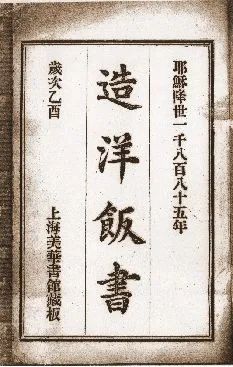
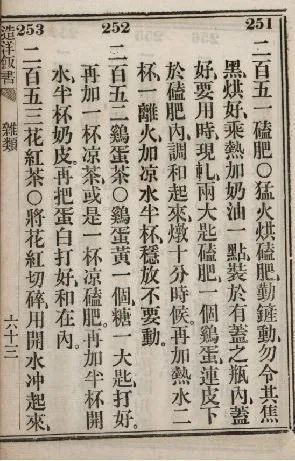
Source: Shanghai Xuhui
The "Zhu Kura", located in the depths of Dashan, Yunnan, is the earliest place to grow coffee in China and the earliest Chinese people drinking local coffee. In the eighteenth year of Guangxu (1892 AD), the French Catholic missionary Tian De could come to Chu Gula to preach. In order to be able to drink coffee, he planted a small piece of coffee forest locally and taught the planting, grinding, and brewing methods of coffee beans to local villagers. This novel refreshing drink has attracted local villagers to taste. So far, local Yi villagers still maintain the habit of drinking coffee.
Yunnan Zhu Kura Village, 1400 meters above sea level, is located at 26 ° north latitude, suitable for coffee growth
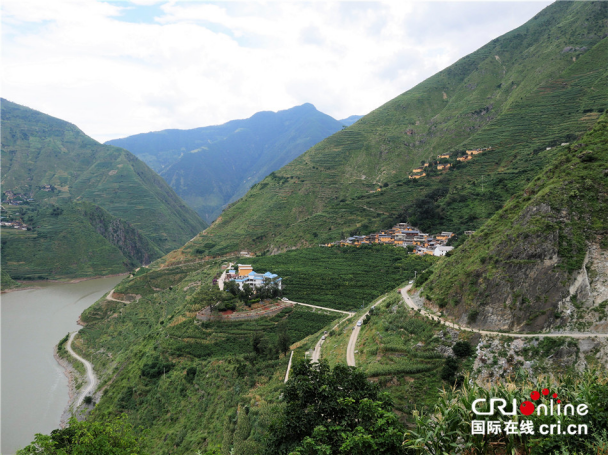
Source: International Online
By the 1980s, the conveniently -drinking quick -solid coffee began to enter millions of households in China through TV ads. After entering the 21st century, with the expansion of urbanization and the scale of the consumer market, China's coffee consumption has become increasing -according to statistics, in recent years, about 20%of the Chinese coffee market has grown each year growth rate);
From the earliest "high society" to the altar to become ordinary functional drinks, to now the labels such as cultural creativity, social currency, fashion value, leisureism, etc. , Gradually penetrate all aspects of our lives.
Although from the perspective of "Coffee Original Trusterists", caffeine -containing drinks with any substances other than milk are not real coffee, but in fact, coffee, as a popular drink, does not have to be "coffee contempt. The bondage of the chain. Like the lines in the classic nonsense movie, "In fact, there is no god of food; or everyone is a god of food." Whether it is the hand -made from the rose coffee beans The quality of coffee depends only on its own taste. As long as you like it, as long as you like it, this is a cup of coffee.
Small egg at the end of the text: Can you recognize the paleomantic creatures in this cup of coffee flowers?

references:
[1] Sun Yan. Introduction to coffee varieties [J]. World tropical agricultural information, 2019 (9): 12
[2] Cen Xiangmei. Coffee: History of Black Drink [J]. Young writer, 2018 (1): 40-41
[3] History of Zheng Wanchun. Coffee. 2007. Harbin Press
[4] http://news.cri.cn/20170918/FA6FC282-7FFB-C82C-D6734F86dfb9.html
[5] https://www.sohu.com/a/359090826_155927
[6] http://sh.people.com.cn/big5/n2/2022/0730/c134768-
40060669.html
Author: Sanlu Qi, employee of Shanghai Nature Museum Exhibition and Education Center
Scientific review: Xu Shanshan, an employee of the Shanghai Nature Museum Exhibition and Education Center, Ph.D. in Ecology; Wang Jinhu, Associate Professor of Suzhou University of Science and Technology, Chairman of Suzhou Forestry Society
Reprinted content only represents the author's point of view
Does not represent the position of the Institute of Physics of the Chinese Academy of Sciences
If you need to reprint, please contact the original public account
Source: Shanghai Natural Museum
Edit: Just_iu

- END -
Kukan: Repair the old and the old to make the city more beautiful and livable
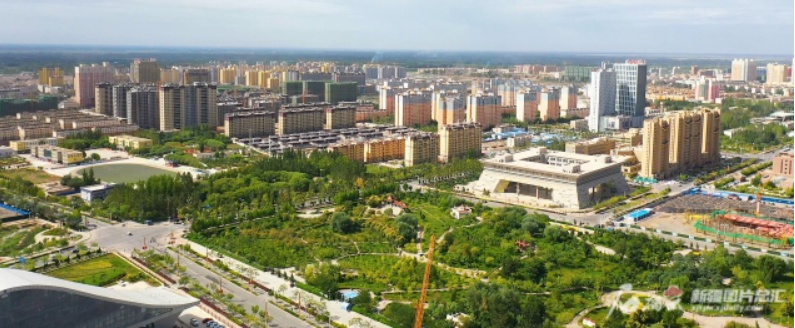
Tianshan.com reporter Zhang ZhiliDuring this time, McMati Niazi, the founder of th...
Google was fined 2 billion ruble Russian Anti -Monopoly Bureau: Payment within two months
Zhongxin Jingwei, July 26th. Google was fined Russia again. Comprehensive foreign media reported that Google was fined 2 billion rubles (about 230 million yuan) by the Russian Anti -Monopoly Bureau an